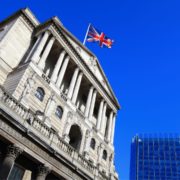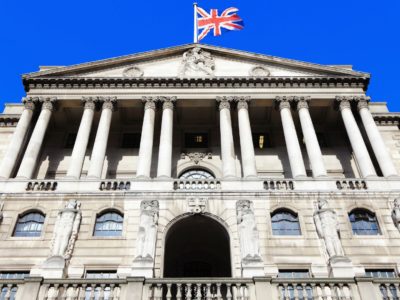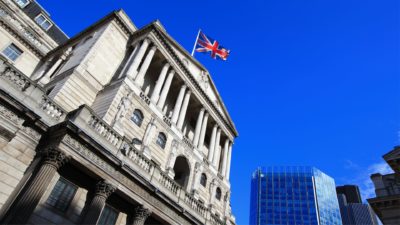The starting whistle has been blown on the economic tug of war between the Bank of England and Liz Truss’ government.
This is a more prudent pull on the on the monetary policy rope than had been widely expected.
Even so, as it’s the seventh rise in quick succession, it still shows determination by the Bank to pull inflation down from stubbornly dangerous levels in terms of financial stability.
Rates have raced up from 0.1%to 2.25% in less than a year, representing a sharp increase in borrowing costs, on top of the painful rise in energy and food prices.
Policymakers are digging in their heels and will be bracing for the counterattack from the Treasury, with Chancellor Kwasi Kwarteng widely expected to be hanging tight on his resolve to cut taxes to try and stimulate growth, with the mini-budget set to be announced tomorrow.
Team Bailey at the Bank of England want to squeeze demand out of the economy, to try and stop the spiral of prices, while Team Truss want to stimulate it, risking prolonging the pace of rate hikes.
The Bank of England’s strategy may be unprecedented, but it’s recently become a well-trodden path, and up ahead the US Federal Reserve is leading the way, having raised rates by 0.75% for the third time in a row yesterday, and signalled there were more robust hikes to come.
There may have been some dissent around the table at the Bank of England, about the size of the rate hike, but there is unanimity about the direction of travel, given that inflation is set to peak at 11% in October.
The warning is clear – if inflation continues to be persistent, policymakers won’t hesitate to respond much more forcefully.
The pound has been suffering as the dollar has gained more strength amid expectations the Federal Reserve will keep staying ahead of the pack.
If the Bank of England relaxes its grip in rate rises, sterling could be dented considerably further, which could see inflation slipping ahead again due to the impact of pricier imports.
Already the pound has fallen on the news, back to below $1.13 and the Bank will won’t want this pattern to accelerate further.
Neither side seems inclined to blink first in this face off, with the government more intensely focused on stopping a deeper recession from forming in the months to come.
The Bank of England’s forecast that inflation is set to stay at double digits for months to come is unlikely to weaken the Truss administration’s resolve to put growth first.
The energy price freeze has made Threadneedle’s task a little bit easier, as inflation is now not expected to peak at the really scary level of over 20%, but the pressure is still on.
Given the shock and awe tactics of other central banks, who appear to be bringing forward planned rate rises for 2023 into the next few months, the Bank of England is also expected to keep pulling tight on the monetary policy rope to try and tug inflation down with forecasts that interest rates may reach anywhere between 3.5% and 4.75%.
It’s clear the path ahead is fraught with uncertainty.























Comments